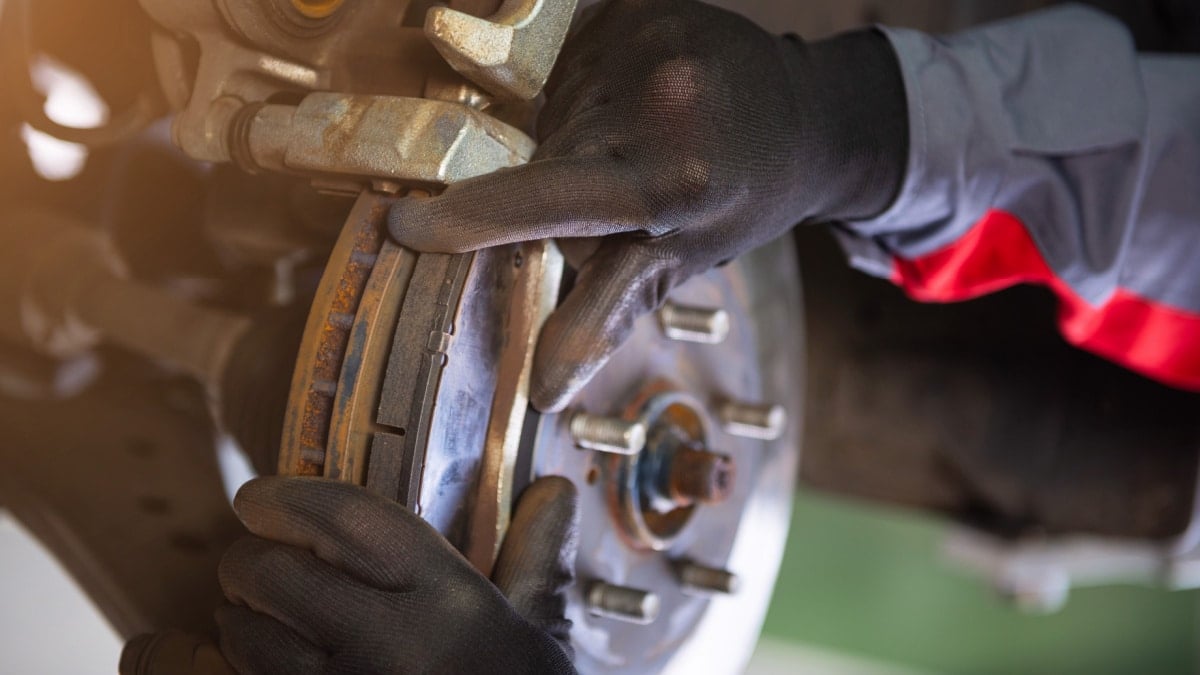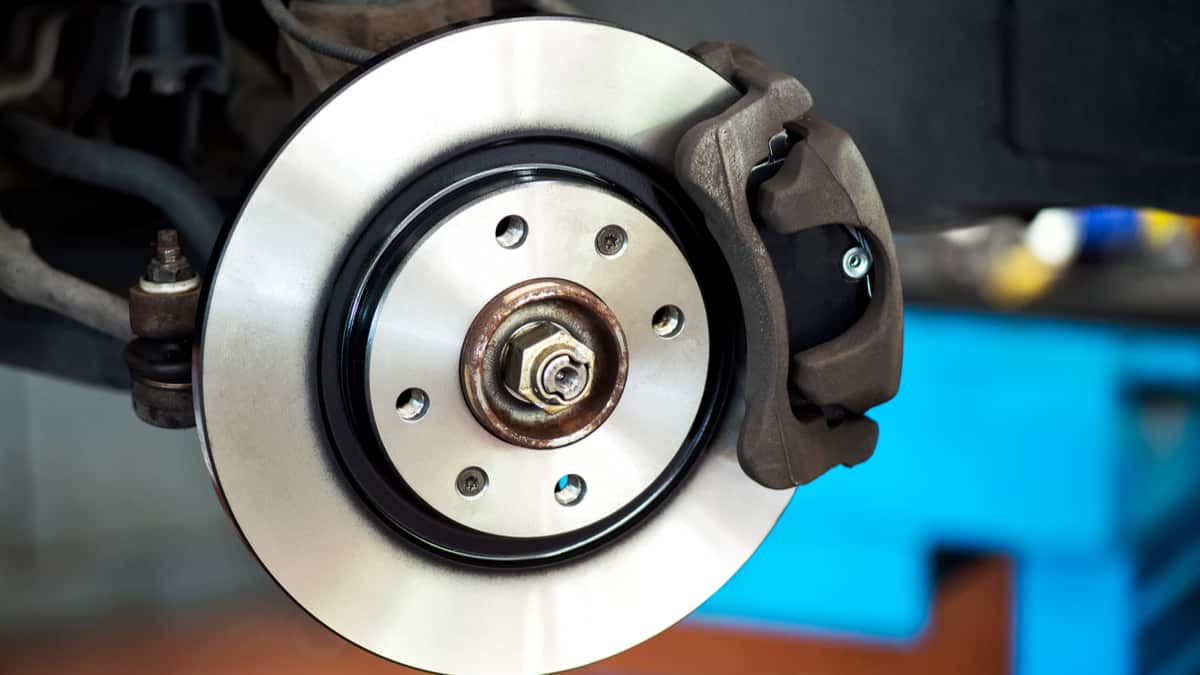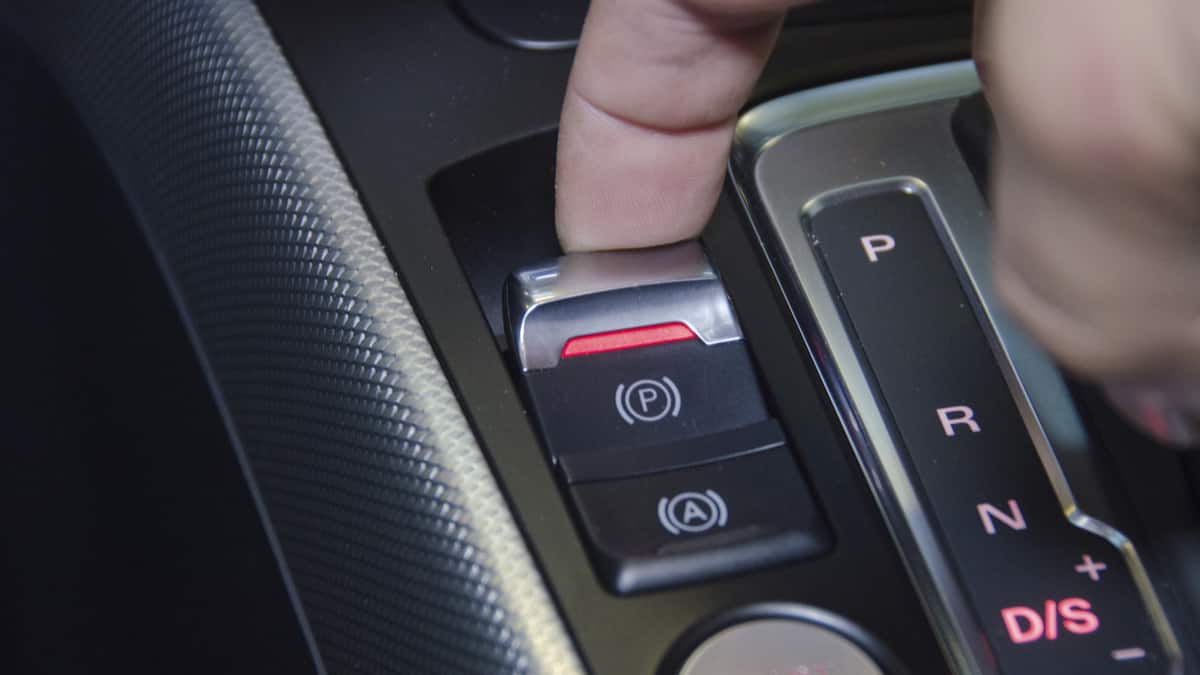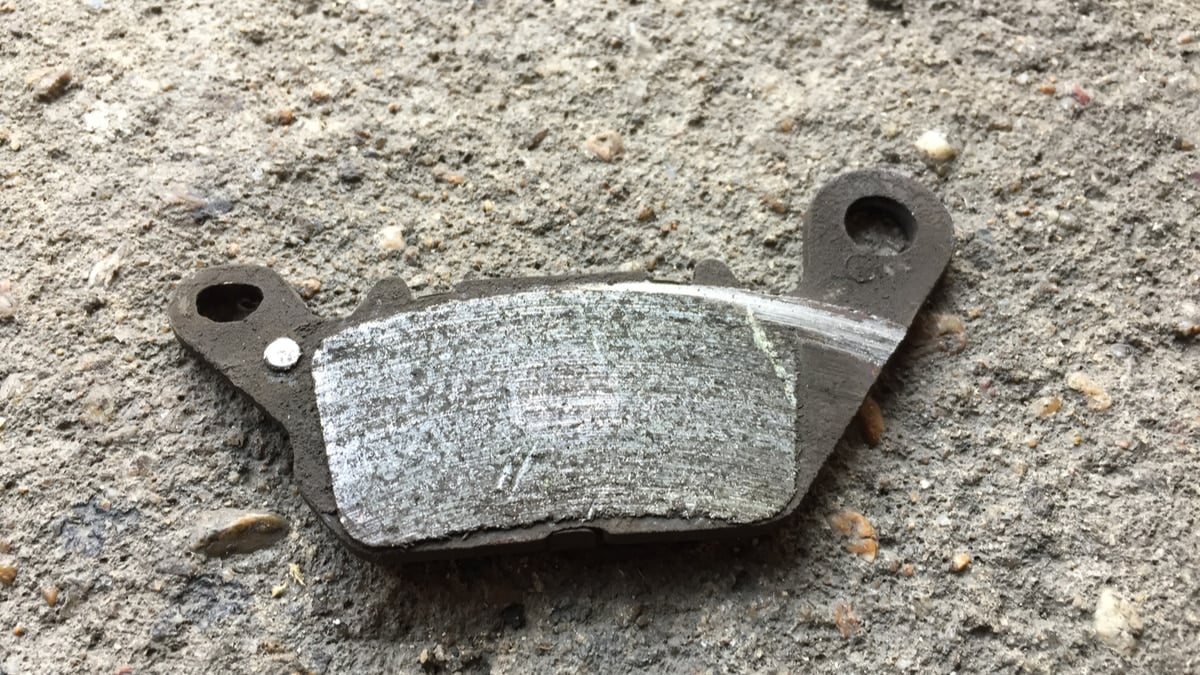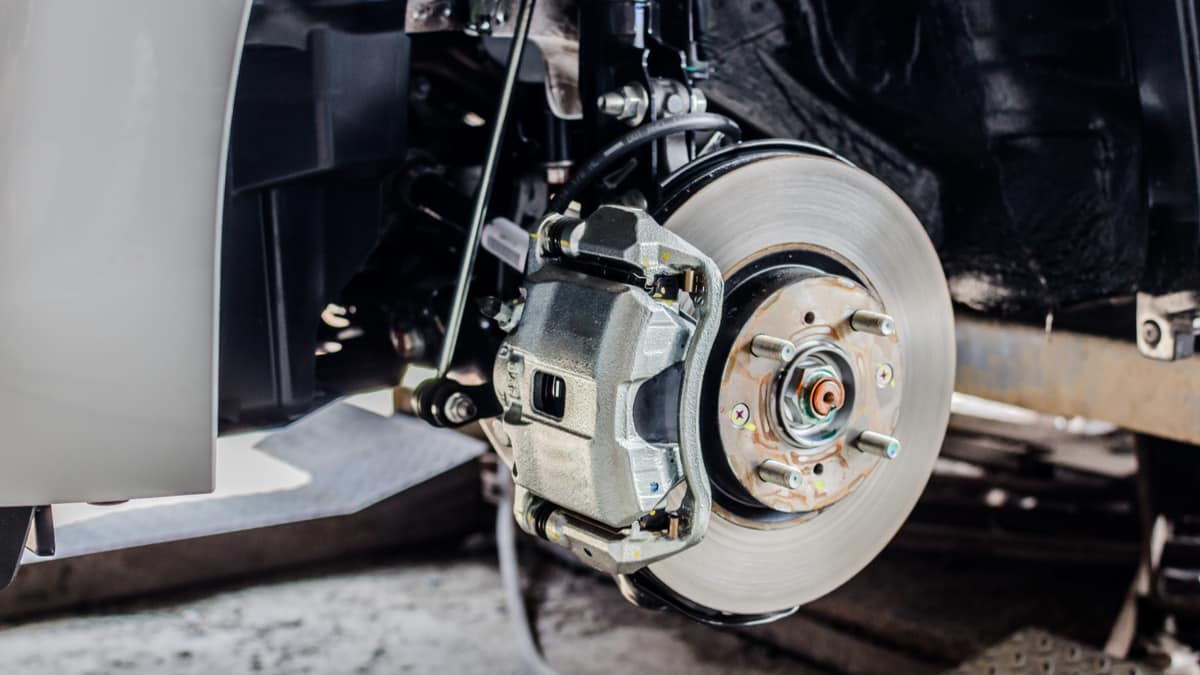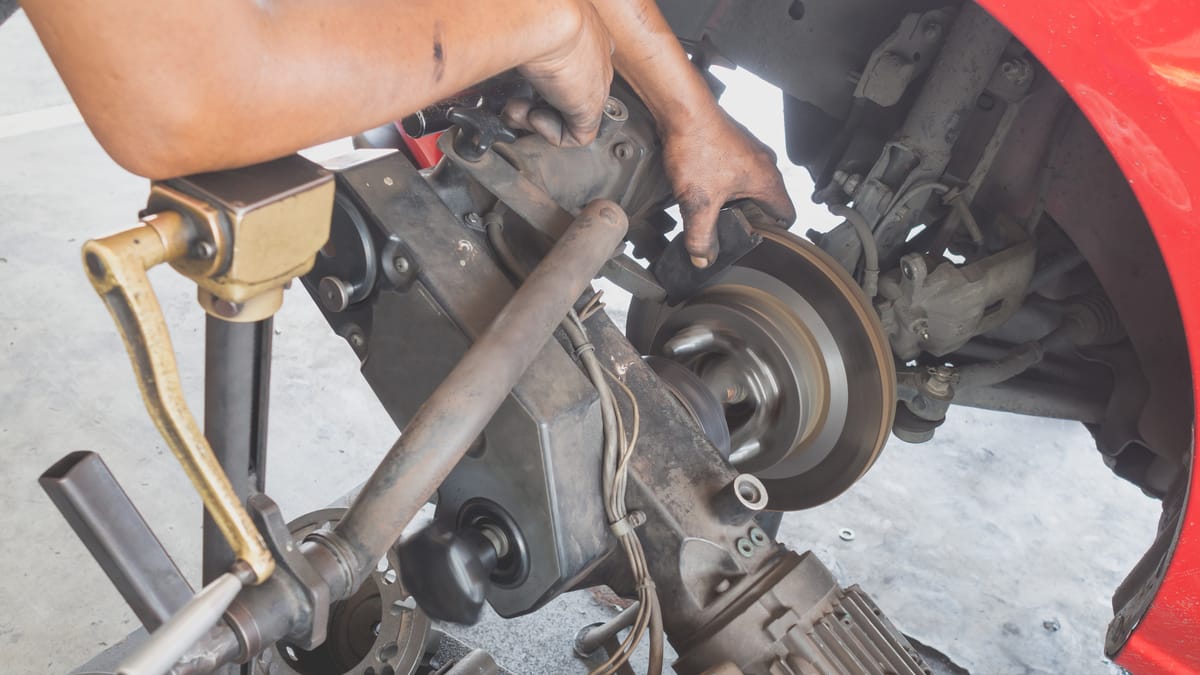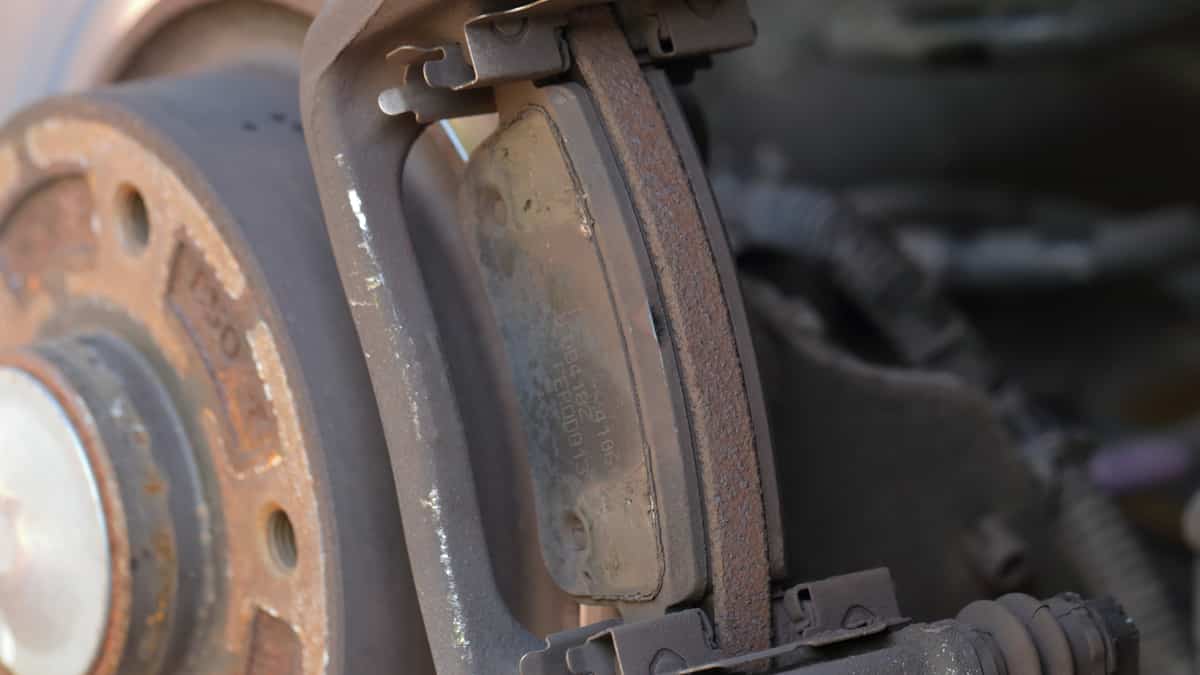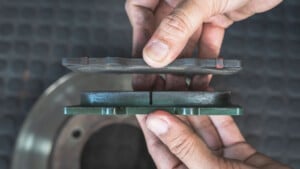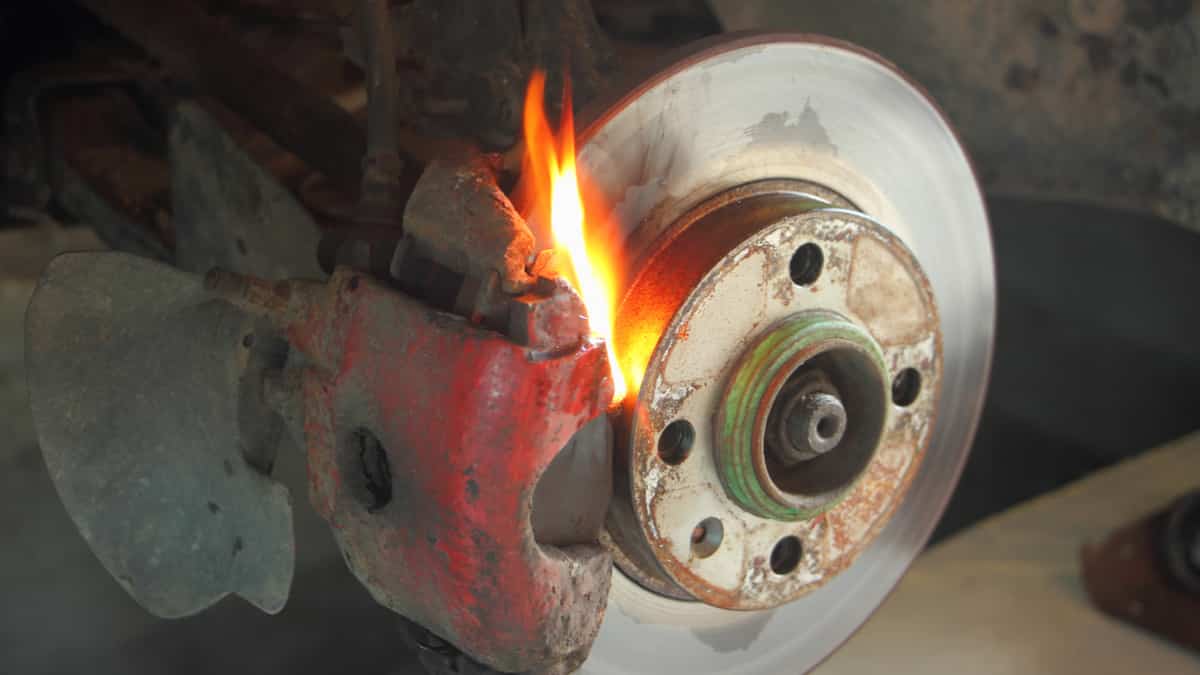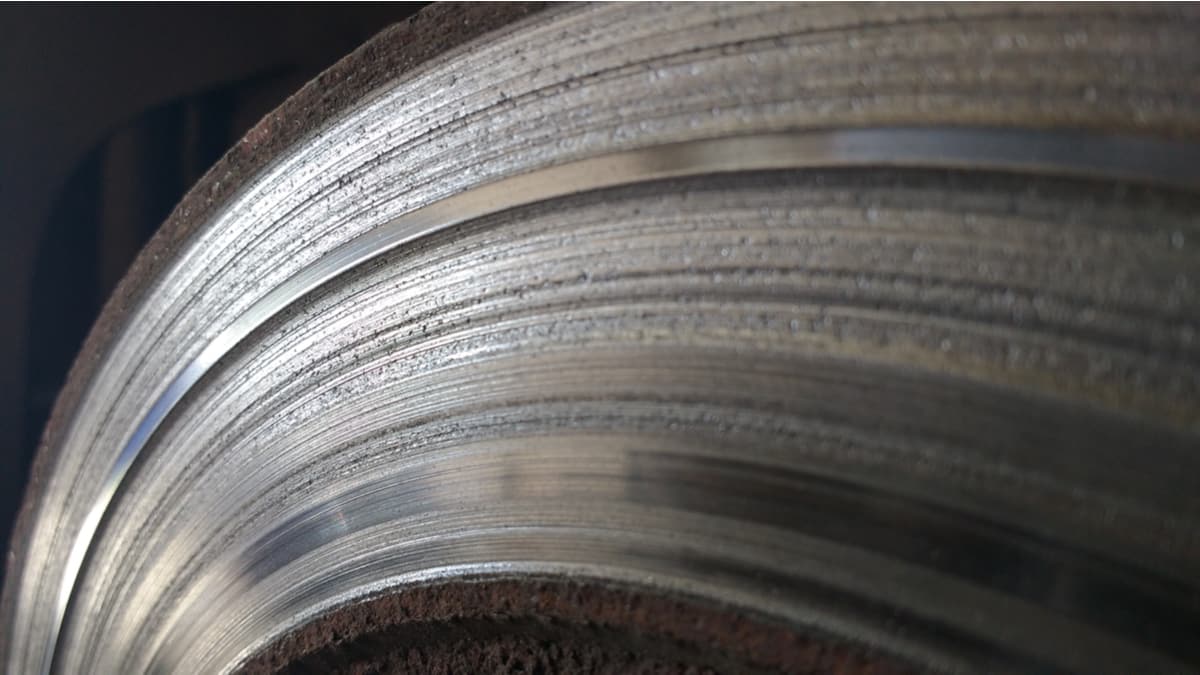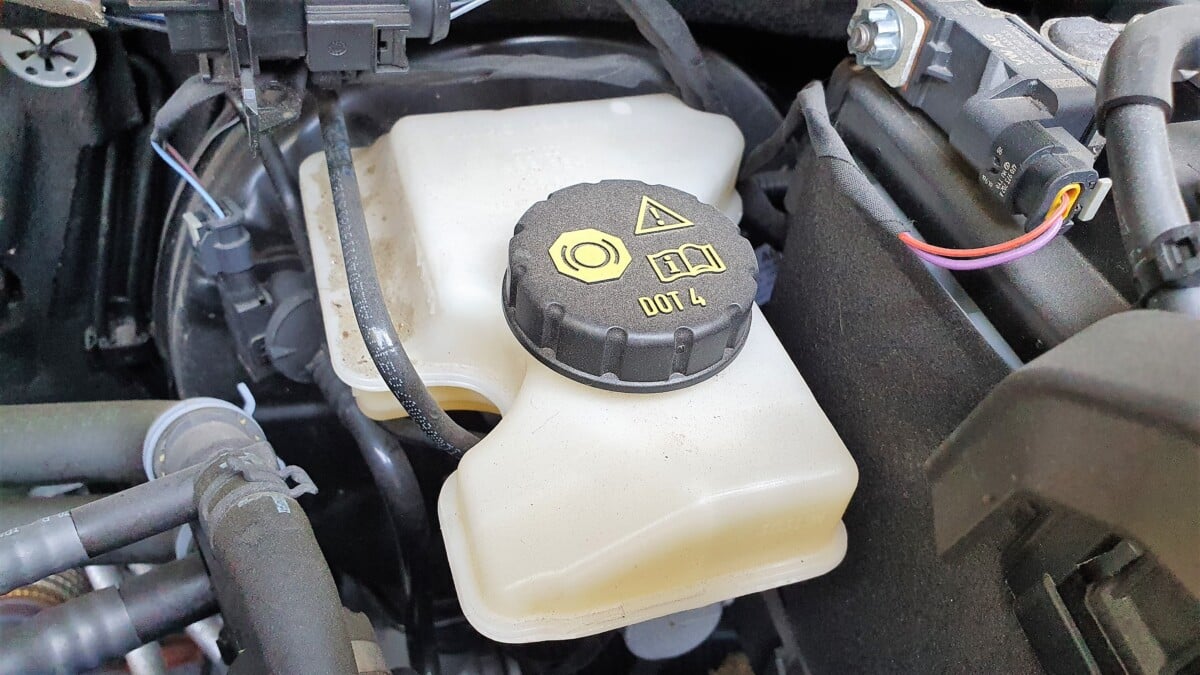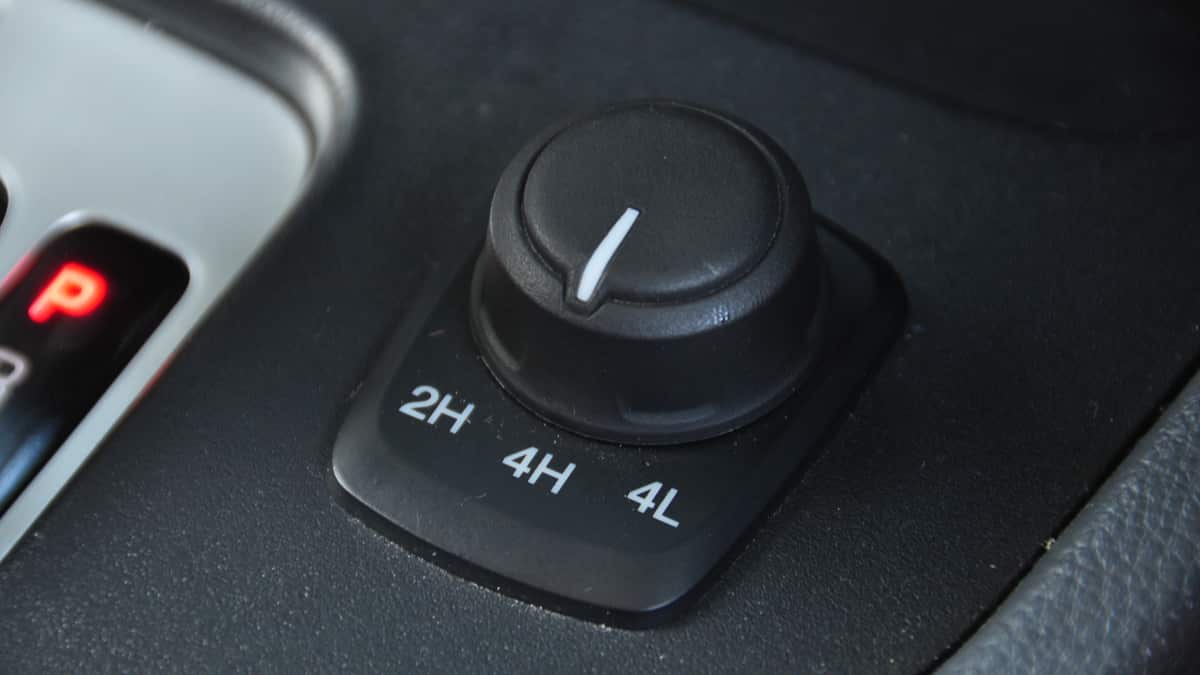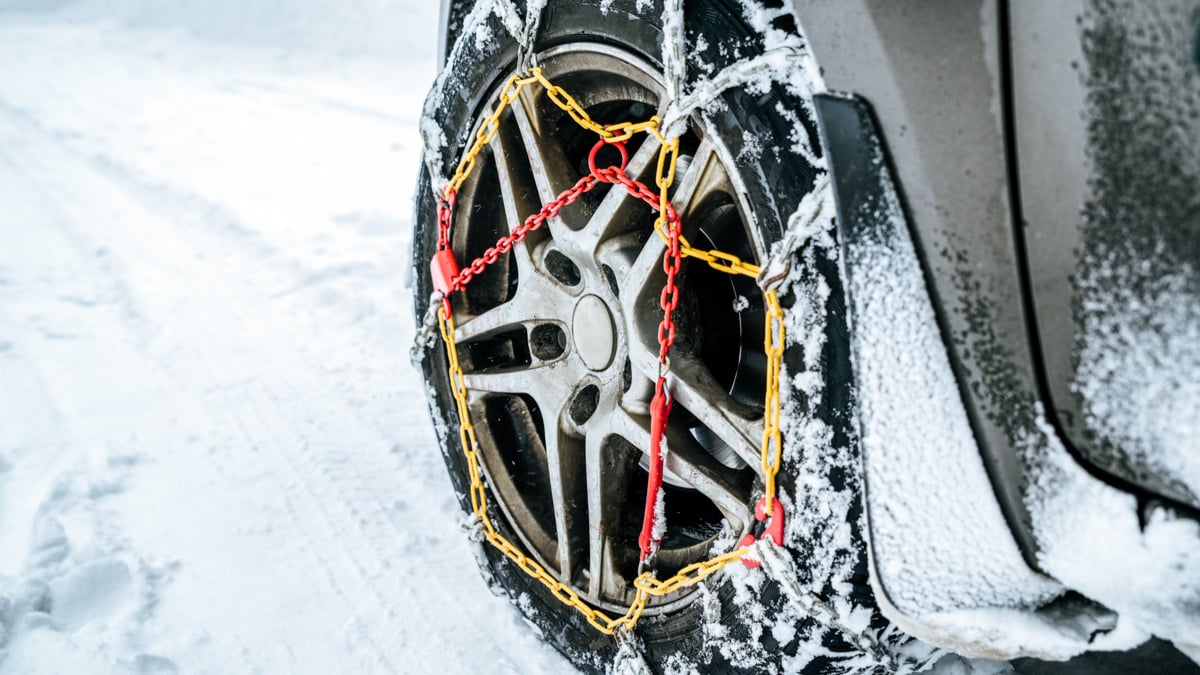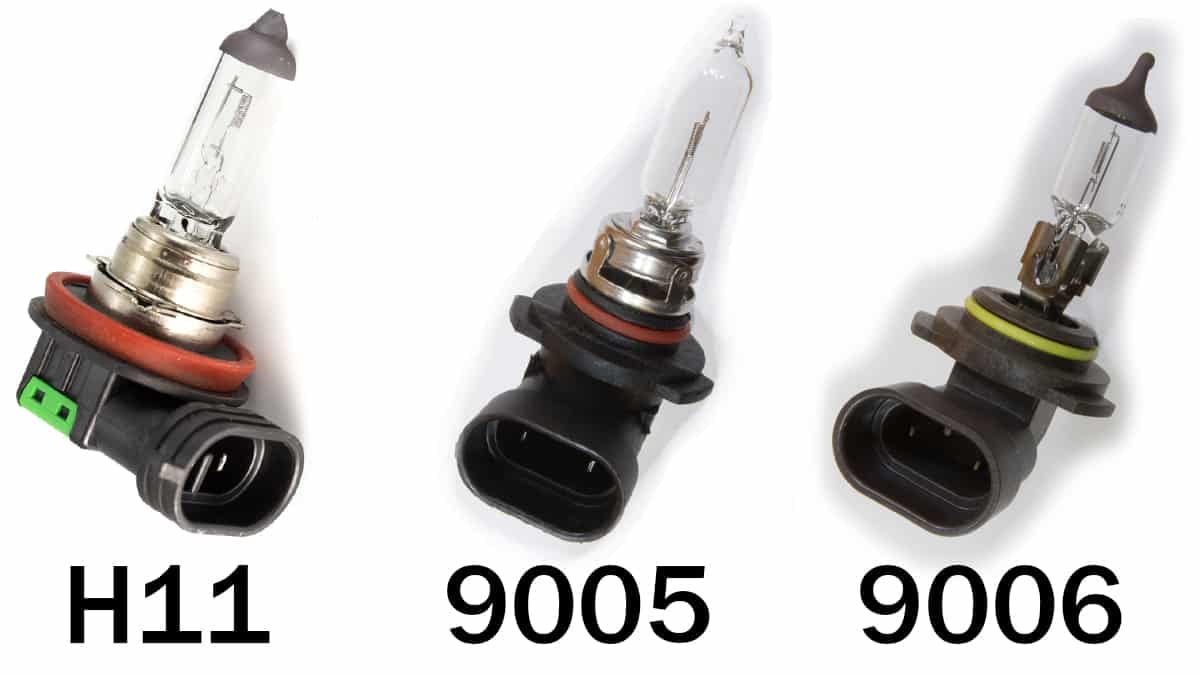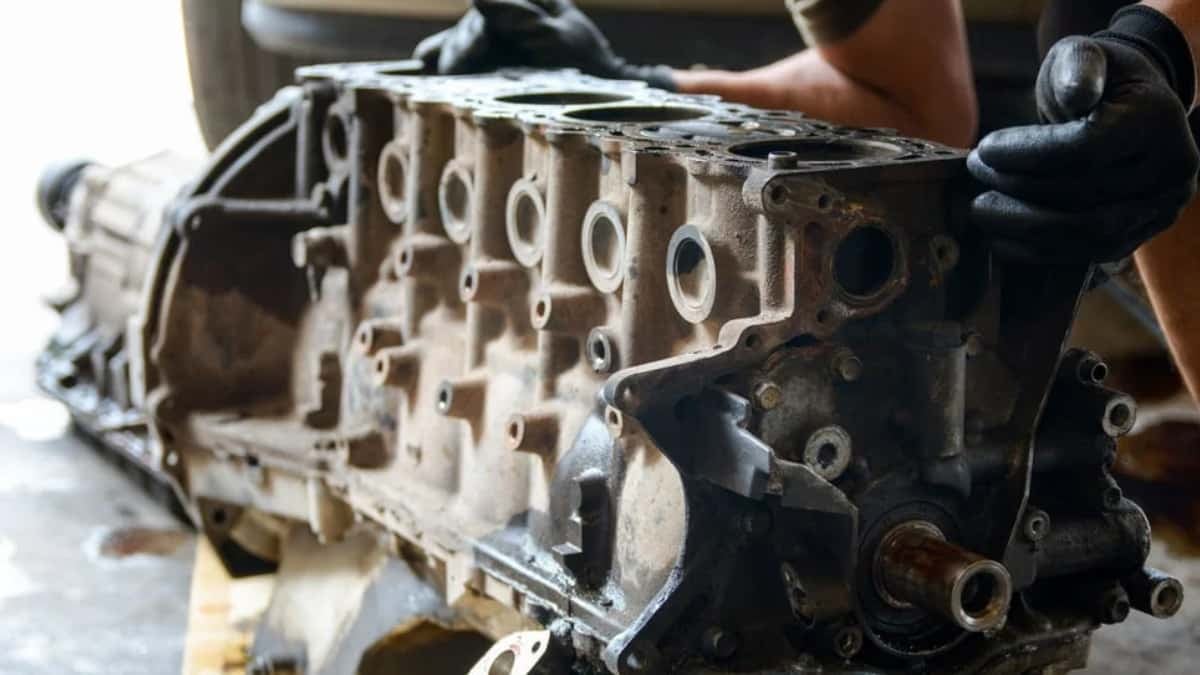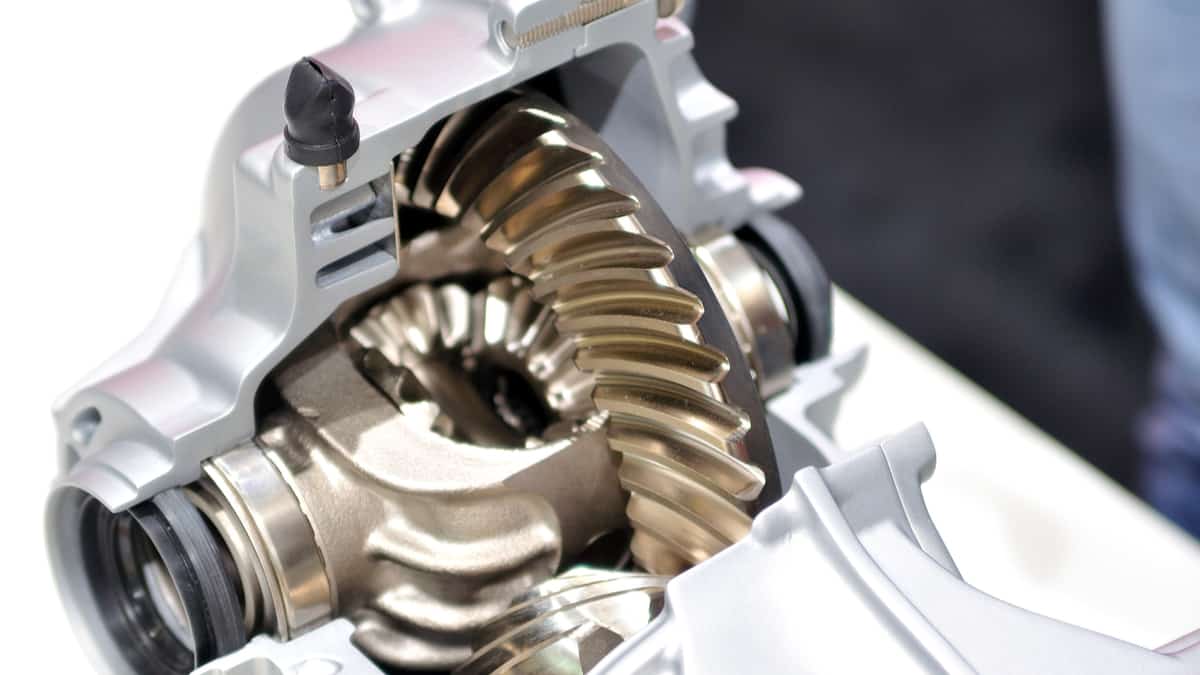Automotive brakes are a $10 billion industry because of how many cars are on the road. Let’s face it – we all need brakes. The tricky part is figuring out what brake pad materials are best for our vehicles. What brake pad type is best for your car? To find out, you want to evaluate ceramic vs. semi-metallic brakes since these are the two most popular.
In this guide, we cover all of the main differences between semi-metallic and ceramic brakes. We also evaluate the basics of each while showing you the pros and cons. There’s even a section that describes the organic brake pad, in case you want to try that type. By the end of our article, you’ll know what’s best for your vehicle and you’ll get some popular questions answered.
What Are The Differences Between Ceramic Brake Pads And Semi-Metallic Brake Pads?
The main difference between the two is the materials used. Ceramic brake pads are made from a ceramic material that’s embedded with copper fibers. Semi-metallic brake pads are 30% and 70% metal, such as copper, steel, iron, and other alloys, combined with graphite lubricant and other fillers.
Semi-metallic brakes are designed for those that need extreme performance qualities. These offer better stopping power and work well in heavy-duty applications. They are also better in cold climates or when driving in mountainous terrain.
On the other hand, ceramic brake pads provide a quieter and better ride. They will last longer than metallic pads and produce minimal noise, but they can heat up quickly, making them best for a normal commuter.
Ceramic Brake Pads
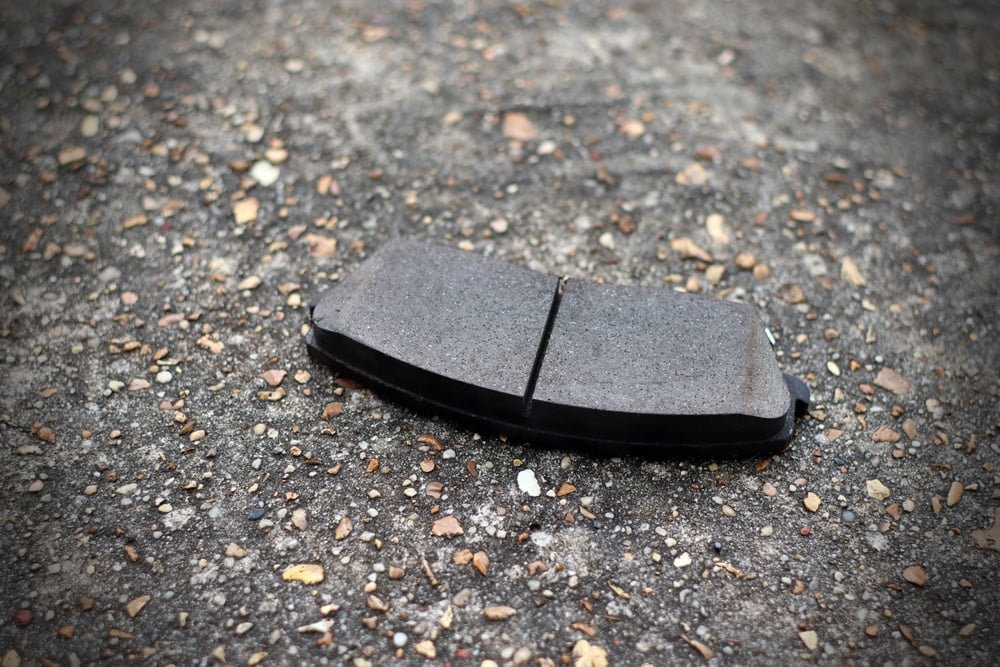
Ceramic pads are some of the newest on the scene. They first arrived in the 1980s and provided a solution for a few of the biggest complaints about brake pads.
Ceramic brake pads are constructed from the same type of ceramic that you use when you make pottery objects, or you find with plates. However, when used as a brake pad material, the ceramic is more durable and denser.
Small copper fibers are included with the ceramic to increase heat conductivity and friction. Of all brake types, these are by far the quietest.
Use Cases
The best time to use ceramic brake pads is when you are having typical commutes or family drives. Ceramic brake pads are ideal for your typical passenger vehicle that doesn’t drive in extremes, either conditions or weather.
If you push your car to the limits, ceramic brake pads are going to get too hot. However, you do need to pay more to purchase them.
Pros
Let’s look at everything ceramic brakes do right.
- Low noise level: Ceramic brake pads are quiet and don’t make any sound in most driving conditions.
- Long wear life: In normal driving conditions, the ceramic pad lasts longer than semi-metallic.
- Reduced brake dust: Ceramic brake pads don’t create a lot of brake dust.
- Reduced rotor wear: These pads don’t grab onto the rotor the same way a semi-metallic pad does, so there’s less wear and friction.
- Ideal for normal driving conditions: Ceramic pads have a greater application range because they work well in many temperatures and driving conditions.
Cons
Ceramic brake pads aren’t perfect in every situation. There are a few limitations, as outlined below.
- High cost: Ceramic brake pads are expensive. Because they cost more to make, the consumer has to foot the bill. They are the most expensive of any kind you can choose.
- Not heat absorbent: Heat isn’t absorbed well by copper or ceramic. Therefore, all of the heat produced by driving will pass onto the rest of the brake system, leading to more wear and tear.
- Not designed for use in the cold: Ceramic pads must warm up before they are going to provide optimal performance. If you live in a cold area, these may not be best for your car.
- Not good in extreme conditions: Ceramic pads aren’t meant for more than regular driving. They don’t work well in extremes and can fade quickly.
Semi-Metallic Brake Pads
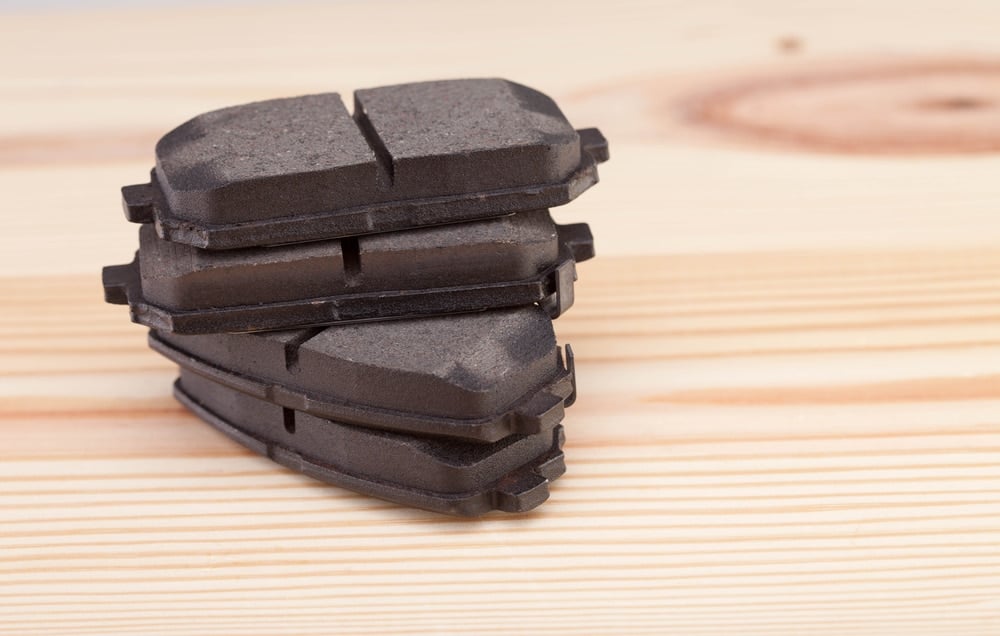
Semi-metallic brake pads are another kind that is commonly used, but they have been around longer than ceramic pads. They were created to replace all-metal pads because of some complaints. These pads are designed with some fillers that make up the compound versus using straight metal.
In general, they will contain 30% to 70% metal. These metals include steel, iron, copper and other alloys. Metals combine with graphite lubricant, which is a filler, among others. Each manufacturer chooses its own compound, so you want to learn more about the type you plan to use.
Because the semi-metallic compounds are different, you can use them for various purposes. Some aim to please commuters, while others are focused on performance and racing.
Use Cases
In general, the semi-metallic brake pad is going to be used for extremes, either conditions or performance. They work great in cold weather and on the track.
While some brands attempt to make them user-friendly for the everyday driver, there are some limitations. The added noise and brake dust often deter commuters from choosing them.
Pros
What are all the things semi-metallic brake pads are good for? Let’s take a look.
- Good heat conductor: Metal conducts heat well, so these pads will hold up under extreme temperatures. Additionally, the pads are good at taking on a lot of heat and cooling down quickly.
- Meant for extremes: Whether you drive a heavy-duty truck, participate in street racing or simply need to climb and descend high altitudes, the semi-metallic brake pad has you covered. With the ability to dissipate heat better, these hold up when pushed to the limit.
- Ideal for cold temperatures: Semi-metallic pads operate find in cold conditions. There’s no need for the pads to heat up before you get the maximum performance out of them.
- Reasonable price: Semi-metallic brake pads cost less than ceramic because the materials are cheaper to manufacture.
Cons
Semi-metallic brake pads may have a lot going for them, but there are also some downsides to consider. Here are just a few.
- Noisier: Semi-metallic brake pads are noisier than ceramic. When braking, you are going to hear additional sounds coming from the brakes.
- More stressful on the braking system: Because of the added grip, there’s going to be more wear and tear on the rotors.
- More dust: With the metallic construction, there will be more brake dust. To keep your wheels looking good, you will need to clean them more frequently.
What Are Organic Brake Pads?
In the breakdown of ceramic vs. semi-metallic brake pads, you know we’ve missed another key option. The organic brake pad has the lowest price, so it’s definitely one to consider.
It’s designed for low-performance applications and it produces a medium amount of noise. These pads do wear faster and create a decent amount of brake dust. However, they can be used in cold climates and for some heavier-duty applications.
In comparison, the semi-metallic brake pads are better than these for extremes in performance or application. The ceramic is also better for everyday driving if you can afford to spend more.
READ MORE: Ceramic vs. Organic Brake Pads: Which is Better?
Why not to use ceramic brake pads?
Ceramic brake pads aren’t meant to be used in extreme climates or for performance-focused purposes. They don’t dissipate heat well, so they can start to fade when they get too warm. Additionally, they cost a little more money, so some commuters prefer to use organic brake pads instead.
What are the advantages of semi-metallic brake pads?
Semi-metallic brake pads have a unique composition that makes them suitable for extremes. They don’t heat up when used in hot temperatures or after being pushed to the limits. That’s why many people use them for racing or on heavy-duty vehicles, even though they are noisier and create more brake dust.
What is a major disadvantage of semi-metallic brake pads?
Semi-metallic brake pads have more bite to them, which provides that extra stopping power. However, it also causes more wear to the brake rotors, meaning more frequent replacement. Additionally, semi-metallic pads are noisy and create an excessive amount of brake dust, far more than ceramic pads.
Do ceramic pads warp rotors?
Of all the brake pad types you can choose to protect the rotors, the ceramic option is the best. Because of the construction, ceramic pads are going to be gentle on the rotors while still offering decent stopping power. As long as you take care of your brake system, you shouldn’t go through too many rotors.
Are ceramic brakes good for a daily driver?
Yes, ceramic brakes are designed with the daily commuter in mind. As long as you live in a temperate climate and can afford the additional cost, you should consider ceramic brakes. The lower noise levels and the reduced brake dust make these the brakes that most luxury cars use from the factory.
Before you head out on the road, it’s important to think about what type of brakes you use. All too many times accidents occur because the braking system wasn’t working its best. That’s why you must put the time into performing regular brake maintenance and opting for the best materials. After all, everyone in your car is relying on you to provide a safe drive.
As professionals, we can’t recommend the benefits of ceramic brakes enough. As a daily commuter, you will love the lessened noise level and reduction in brake dust. However, if you plan to push your car to extremes, it’s best to use semi-metallic brake pads instead. These are better for performance applications and work well on heavy-duty vehicles.
Categories: Brakes
